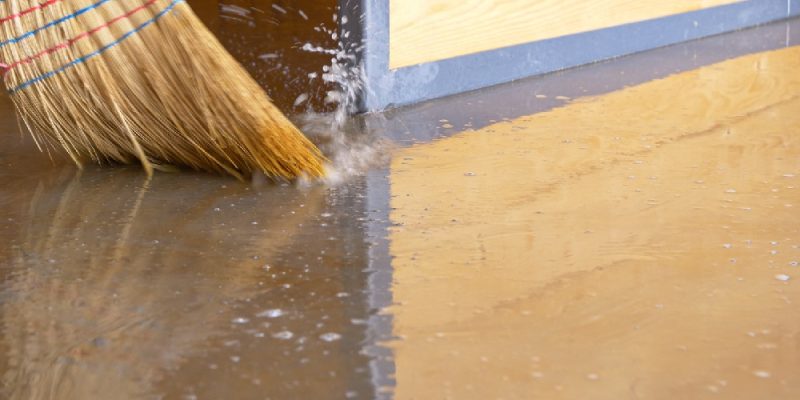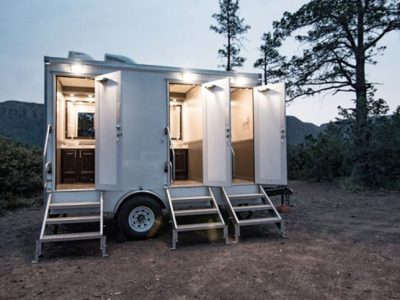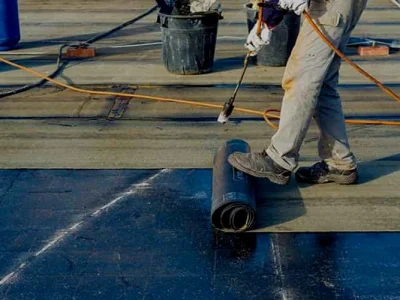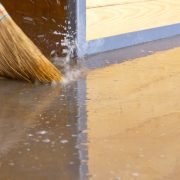Finding water rising in your home is a shocking and stressful experience. It can feel overwhelming, but what you do in the first few hours is crucial. Taking immediate and correct action can significantly reduce the damage to your property and belongings.
This guide will walk you through the essential steps to take the moment you discover flooding, helping you regain control and start the path to recovery. Let’s get started.
Ensure Your Family’s Immediate Safety
Your first priority is not your property; it is the well-being of your family. Before you do anything else, make sure everyone in the household is safe and accounted for. If the water level is high or rising quickly, evacuate the premises immediately. Be mindful of hidden dangers. Floodwater can be contaminated with sewage or chemicals and may hide sharp objects or other hazards.
It’s also critical to avoid any contact with electrical sources. If you can safely reach your main circuit breaker, shut off the power to your home to prevent the risk of electrocution. If you cannot do this without stepping into water, leave it to the professionals and evacuate. Your safety is paramount, and possessions can be replaced.
Stop the Source of the Water
Once you are sure everyone is safe, your next goal is to stop more water from entering your home if possible. This action depends entirely on the cause of the flood. If a burst pipe or a malfunctioning appliance is the culprit, find your home’s main water shut-off valve and turn it off. This valve is often located in a basement, crawl space, or utility closet.
Stopping the flow of water is a critical step that prevents the situation from worsening while you figure out your next moves. If the flooding is due to a natural disaster like a hurricane or heavy rainfall, this step may not be possible. In that case, focus on protecting your belongings and preparing for professional help to arrive.
Document the Extensive Damage
Before you start moving or cleaning anything, take the time to thoroughly document the damage for your insurance claim. Use your smartphone to take extensive photos and videos of the affected areas. Capture the height of the water, the damaged furniture, soaked carpets, and any structural harm you can see. Be as detailed as possible. Open cabinets and closets to record the damage inside.
This visual evidence will be invaluable when you file a claim with your insurance company. It provides undeniable proof of your losses and can help streamline the claims process, ensuring you receive the fair compensation you need to recover and rebuild.
Contact Your Insurance Company Promptly
After documenting the scene, contact your homeowner’s insurance provider as soon as possible. Inform them about the flood and your intent to file a claim. Your insurance agent will explain your coverage, outline the necessary steps, and may be able to provide a list of preferred vendors for cleanup and restoration. Be prepared to provide the photos and videos you took.
Acting quickly is important, as your policy may have specific requirements regarding the timeline for reporting damage. Your agent is your partner in this process, so keep open lines of communication and ask questions about your deductible and what expenses, like temporary housing, might be covered.
Begin Removing Excess Water Safely
If the flooding is minor and the area is safe to enter, you can start removing the water yourself. Use buckets, mops, and old towels to soak up as much as you can. A wet/dry vacuum can be an incredibly useful tool for this task. The goal is to remove the standing water as quickly as possible to prevent it from seeping deeper into floors, walls, and furniture.
This initial effort can help minimize the extent of the water damage and prevent the growth of mold, which can begin to develop within just 24 to 48 hours in a damp environment. For significant flooding, however, this task is best left to professionals with powerful pumps and extraction equipment.
Seek Help from Certified Professionals
While initial cleanup is helpful, significant flooding requires expert intervention. Professional teams have the industrial-grade equipment and specialized knowledge to handle the situation efficiently and safely. They can quickly extract large volumes of water, identify hidden moisture, and begin the drying process correctly.
At this point, consider calling for water damage restoration services offered by professionals like Cleanup Services. Experts are trained to assess the full scope of the damage, including issues you might not see, ensuring a thorough and complete recovery process that protects your home’s structural integrity.
Start the Professional Restoration Process
Once the water is gone, the real work of restoration begins. This involves drying, dehumidifying, sanitizing, and repairing your home. This is not a simple DIY project. It requires a deep understanding of materials, moisture levels, and potential biohazards. Engaging certified restoration experts, such as Midwest Restoration, ensures the job is done right.
Professionals will utilize high-powered air movers and dehumidifiers to dry out the structure and will treat affected areas to prevent mold and bacterial growth. They can then handle the necessary repairs, from replacing drywall and flooring to restoring your home to its pre-flood condition, giving you peace of mind.
Final Thoughts
Discovering a flood in your home is undoubtedly a challenging ordeal. However, by acting swiftly and following these steps, you can protect your family, mitigate the damage, and begin the recovery process on the right foot. Remember to prioritize safety, document everything, and don’t hesitate to call in professionals. With a clear plan and the right support, you can navigate this difficult situation and restore your home.














Comments